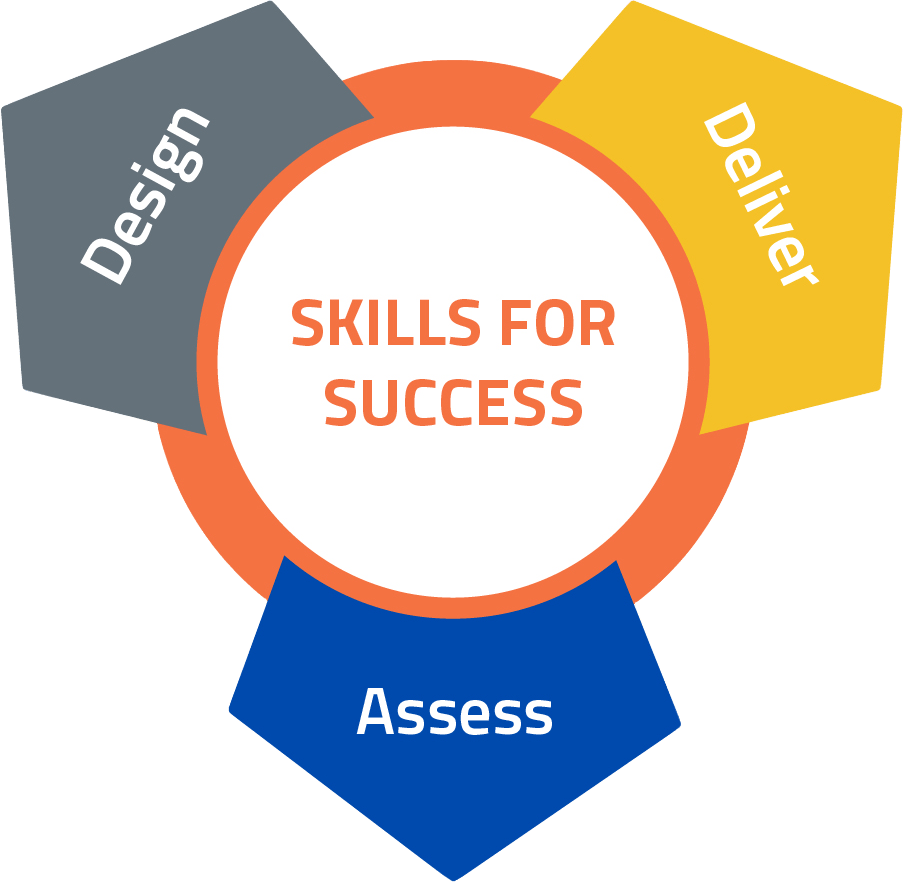Anxiety is a feeling of worry, nervousness or unease. While everyone experiences anxiety at times, some individuals may find that their anxiety seriously impacts their lives and ability to learn. Some participants may experience anxiety only in specific learning situations, such as Math Anxiety.
- Anxiety Canada. Anxiety in Adults. https://www.anxietycanada.com/learn-about-anxiety/anxiety-in-adults/
- Bigdeli, S. (2010). Affective learning: the anxiety construct in adult learners. https://www.sciencedirect.com/science/article/pii/S1877042810023219
- Overcoming Anxiety in Adult Education. Decoda Literacy Solutions. https://decoda.ca/overcoming-anxiety-in-adult-education/
- Hewitt, J. (2017). Yes, I Can: A Mental Health Guide for Adult Literacy Facilitators. https://projectread.ca/pdf/MentalHealthGuide2017.pdf
Math anxiety:
- Zelazny, A., Bean, C., David, S., & Bruton, A., (n.d.). Who is afraid of math? what is math anxiety? and what can you do about it? Frontiers for Young Minds. https://kids.frontiersin.org/articles/10.3389/frym.2017.00057
- Barroso, C., Ganley, C.M., McGraw, A.L., Geer, E.A., Hart, S.A., and Daucourt, M.C. (2021). A meta-analysis of the relation between math anxiety and math achievement. Psychological Bulletin, 147(2), 134-168.
